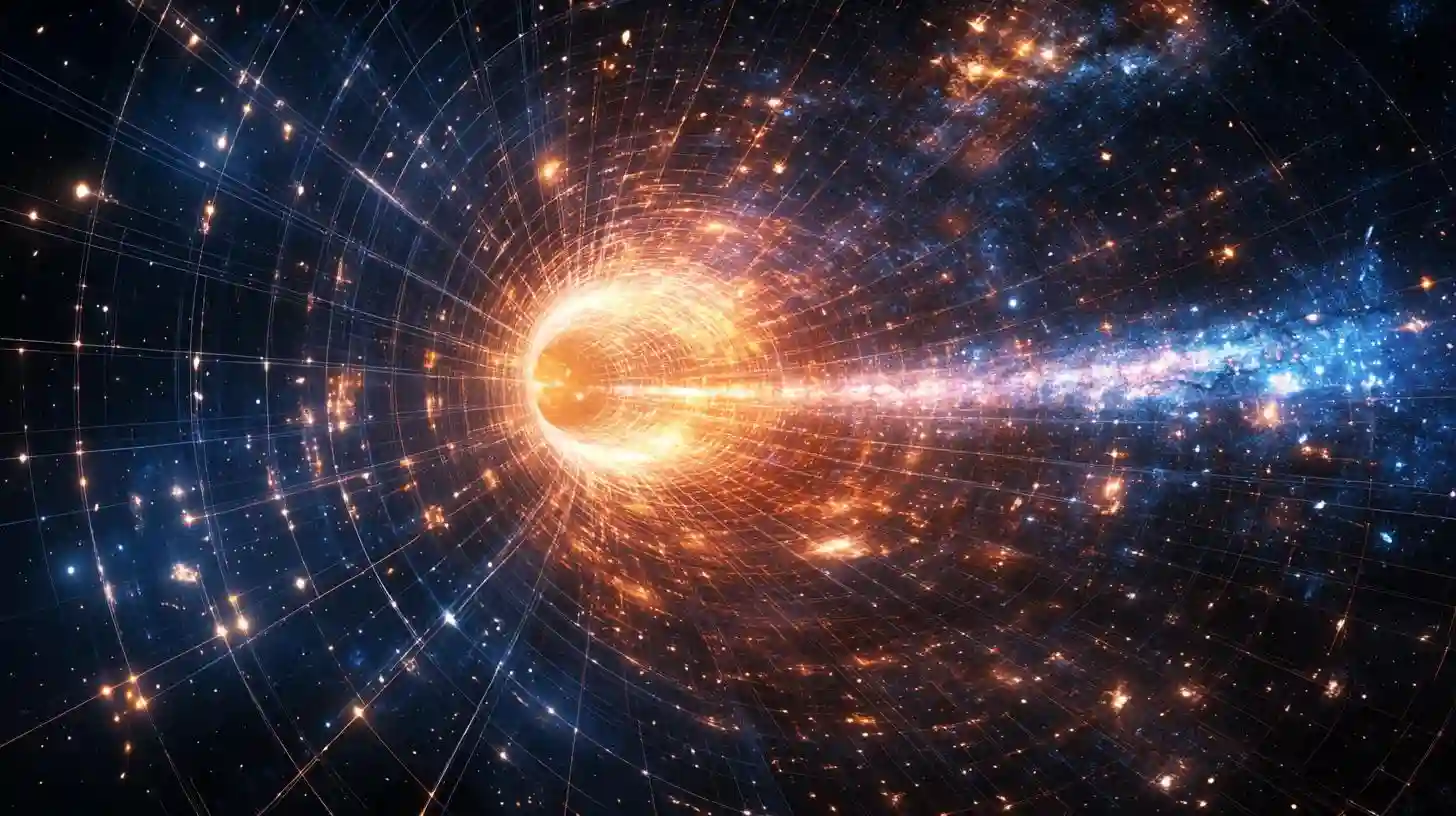
Thoughtvaultzone

In the ever-evolving landscape of astrophysics, scientific breakthroughs are continuously reshaping our understanding of the universe. The mysteries that lie at the edge of the cosmos have long fascinated humanity, prompting generations of scientists to ponder the origins of existence and the forces that govern celestial phenomena. Recent advancements in observational technology and theoretical frameworks have enabled researchers to delve deeper into these enigmas, revealing insights that challenge preconceived notions.
One pivotal breakthrough is the development of advanced telescopes equipped with sophisticated imaging technology. Instruments such as the James Webb Space Telescope have opened a new frontier in the exploration of the universe. This space-based observatory, with its unparalleled sensitivity in infrared wavelengths, allows astronomers to peer into the depths of space, observing distant galaxies and the cosmic microwave background with unmatched clarity. These observations provide critical data about the formation of stars and galaxies, enabling scientists to trace the evolutionary history of the universe itself.
Moreover, gravitational wave astronomy has emerged as another transformative field, revolutionizing our perceptions of stellar phenomena. The detection of gravitational waves, ripples in spacetime caused by cataclysmic events such as black hole mergers, has provided a new lens through which to examine the universe. By capturing these elusive signals, scientists are gaining insights into the nature of gravity, the behavior of massive celestial bodies, and the dynamics of the cosmos. This breakthrough not only enriches our understanding of black holes but also offers clues about the very fabric of space and time.
The study of dark matter and dark energy represents another frontier ripe for exploration. These components, which make up a significant portion of the universe’s total mass-energy content, remain enigmatic. Mathematical models suggest that dark matter interacts through gravity, yet its nature is still unknown. Recent experiments, including various particle physics trials, aim to detect dark matter particles directly. Concurrently, the quest to comprehend dark energy, the mysterious force driving the accelerated expansion of the universe, is steering researchers toward innovative theoretical proposals, including modifications to general relativity. By unraveling these phenomena, scientists hope to unlock deeper truths about cosmic structure and the fate of the universe.
One cannot overlook the intriguing implications of quantum mechanics on our understanding of the cosmos. Breakthroughs in quantum theory have led to new paradigms for thinking about the universe’s origins. Concepts such as quantum foam and the multiverse challenge the conventional narratives of space and time. Some researchers propose that our universe might be just one of many existing in a vast multiverse, each with its own physical laws. Such revolutionary ideas compel scientists to reconsider fundamental questions about reality and existence.
Additionally, the burgeoning field of astrobiology—the study of life beyond Earth—augments our understanding of the universe’s mysteries. With advancements in exoplanet detection methods, scientists have identified numerous potentially habitable worlds in distant star systems. The search for extraterrestrial life raises profound questions about our place in the universe and the conditions required for life to thrive. Missions aimed at studying icy moons in our own solar system, such as Europa and Enceladus, are exploring the potential for life in subsurface oceans, further expanding the boundaries of our cosmic exploration.
Another exciting development arises from the synthesis of artificial intelligence and astrophysics. Machine learning algorithms are being employed to analyze vast datasets from astronomical surveys, unearthing patterns that might otherwise remain hidden. By improving our ability to categorize celestial phenomena and predict cosmic events, AI is sharpening our tools for exploration and heightening our comprehension of the underlying mechanisms at play in the universe.
The collaborative nature of modern science fuels this exploration. International partnerships are combining resources, capital, and expertise to tackle some of the most profound questions about the universe. Large-scale projects such as the European Space Agency’s Gaia mission and the Large Hadron Collider illustrate how collective efforts are pushing the envelope of human understanding.
As we stand at the brink of this new era in astrophysics, the possibilities seem limitless. Each breakthrough serves as a stepping stone toward a grander understanding of the cosmos. The knowledge gleaned from these endeavors not only enriches our understanding of distant galaxies, black holes, and the very fabric of space and time, but also ignites the imagination, inspiring an insatiable curiosity that has characterized human thought for centuries. The edge of the universe holds untold secrets, and with every advancement, we inch closer to uncovering the profound truths hidden within the vast expanse of the cosmos. Each discovery acts as a guiding star in our quest to comprehend the universe, igniting a dialogue about our existence and our place in the grand tapestry of the cosmos.